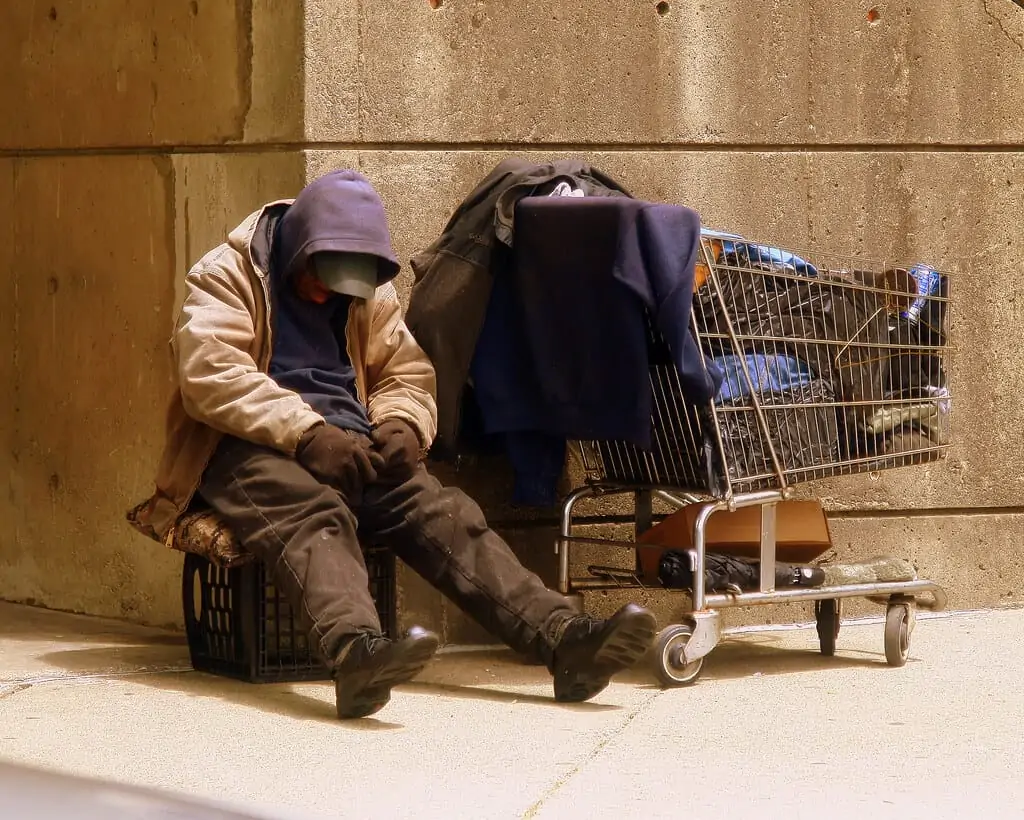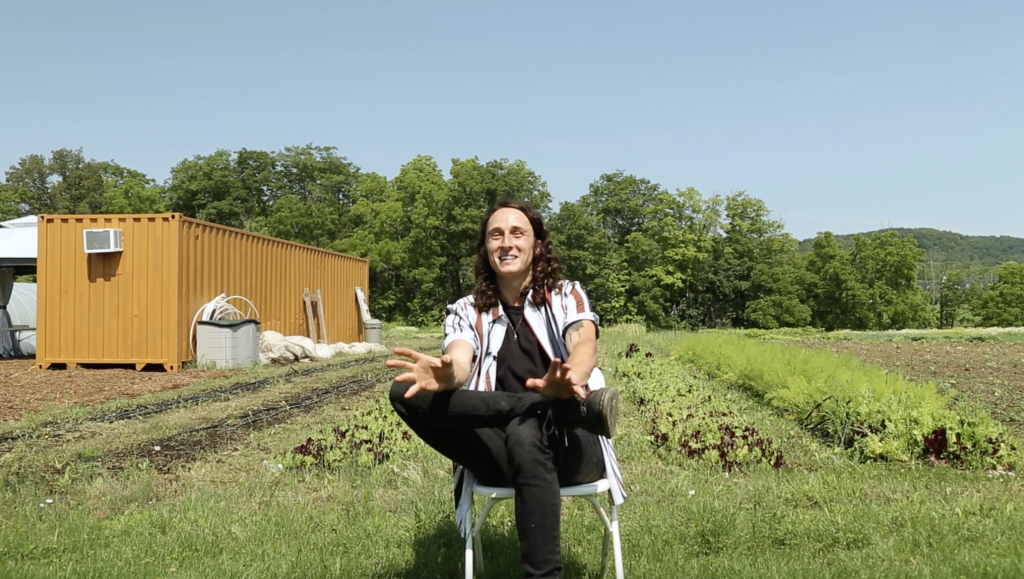Shelters in Mississauga and Brampton over 200% capacity, help needed to house refugees
Published September 15, 2023 at 3:53 pm

The Region of Peel, which is comprised of Mississauga, Brampton and Caledon, says it needs help to house refugee claimants at a time when the region’s shelter system is running at 260 per cent capacity and refugees make up close to 60 per cent of the shelter population.
According to the region, Peel–much like the rest of Canada–has seen a significant increase in asylum seekers who require emergency shelter. The region has moved to provide temporary accommodations to people in need but says this has put “further financial and operational strain on Peel’s emergency shelter system.”
The region says that while it’s not unusual for refugees to spend some time in the shelter system while working to find permanent homes, asylum seekers usually account for just 5 per cent of Peel’s shelter population. As of now, they account for 58 per cent.
As of Sept. 14, 701 asylum claimants live in Peel’s emergency shelters, costing the region about $2.5 million monthly and approximately $15 million for 2023.
At a recent meeting, Peel council asked staff to push for funding from higher levels of government to help the region cope with the crisis.
“I applaud Peel Region’s staff and our community partners who have swiftly and effectively responded to an unprecedented crisis,” Sean Baird, commissioner of human services, said in a statement.
“Unfortunately, our current response is not sustainable, and we must propose an achievable alternative with appropriate funding from our government partners in the best interest of asylum claimants and Peel residents needing housing support.”
Peel isn’t the only region struggling to house asylum seekers.
Toronto Mayor Olivia Chow says refugee claimants could account for half of the city’s homeless shelter population by the end of the year, a situation she calls “desperate.”
Earlier this month, Chow said the refugee shelter crisis is only getting more urgent because the city doesn’t have the financial tools to support claimants, with the city’s combined operating and capital budget pressures expected to balloon to $46.5 billion over the next decade.
A staff report says the number of refugee claimants has “dramatically” increased to 3,300 people and could climb by year’s end to as many as 4,500, half the city’s shelter capacity.
Hamilton Mayor Andrea Horwath has also pleaded with the federal government for help to support the influx of refugees.
In Horwath’s initial letter on July 25, she asked the feds for $9.095 million in immediate funding for the City of Hamilton, among other requests, to help cope with the “alarming rise” in refugees and asylum seekers within the shelter system, stressing how the City’s emergency response systems could collapse.
Leaders in Niagara Falls and St. Catharines have also said it’s been difficult to house asylum seekers in their cities, with Niagara Falls Mayor Jim Diodati first sounding the alarm about the ballooning crisis in the tourist town in 2022.
Earlier this year, a group representing Ontario’s 29 largest cities said Ottawa has to step up its support for asylum seekers because local municipalities can “no longer keep up with the demand.”
“The Canadian government is failing to fully fund the municipal front line that Canada relies on to welcome and settle newcomers,” read a statement from Ontario’s Big City Mayors, citing the recent influx of refugees fleeing conflict in their home countries that has “dramatically increased pressure” on a system that is already over capacity.
“Municipalities can no longer keep up.”
In July 2023, the federal government announced $212 million of additional funding through their Interim Housing Assistance Program (IHAP) for the 2023-2024 fiscal year, of which Toronto was allocated $97 million.
According to the government’s website, IHAP is a grant providing financial support to provinces and municipal governments “to address extraordinary interim housing pressures resulting from increased volumes of asylum claimants entering Canada.”
The region says Immigration, Refugees and Citizenship Canada (IRCC) asked all other municipalities, including Peel, to submit a request for funding, with no guaranteed allocation amount.
Peel says it told IRCC it would be seeking funding in July, which it says will help but not entirely alleviate the crisis.
“We must be nimble in the face of global issues that impact our service delivery. We continue to rely on the expertise and dedication of our staff and community partners to help residents get and keep affordable housing,” Nando Iannicca, regional chair, said in a statement.
“This collaborative spirit will also help us design a sustainable response to a growing number of asylum claimants needing emergency shelter in Peel, a response we can implement with appropriate levels of sustainable funding from the federal and provincial governments.”
In a letter to Iannicca, Caledon Mayor Annette Groves said the funding shortfall is another example of Peel not getting its “fair share” from higher levels of government. In her letter, she said it’s her understanding that Peel has taken in the largest number of refugees per capita but has yet to receive any federal funding at all.
“I would like to add my voice to yours, Mayor [Patrick] Brown, and Mayor [Bonnie] Crombie, in advocating the federal government for urgent funding to support the region’s efforts and work in managing this crisis and in coordinating the settlement of these refugees,” she wrote.
– With files from The Canadian Press, Christl Dabu, Don Redmond and Glenn Hendry
insauga's Editorial Standards and Policies advertising






